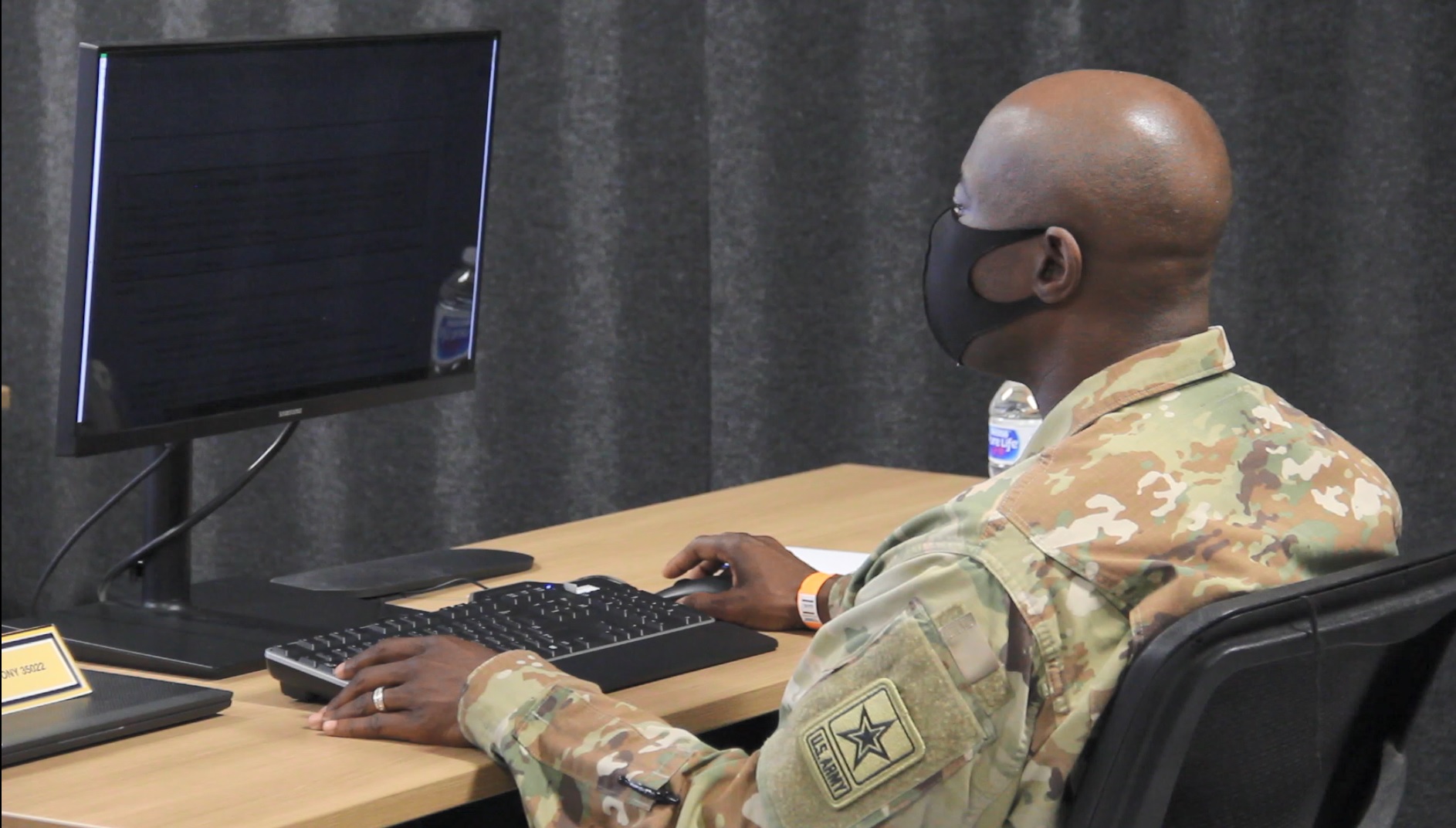
by Angela Sanson
Last fall, 17 Army acquisition officers convened in Fort Knox, Kentucky, to undergo a demanding four-day inaugural offering of the Acquisition Leader Assessment Program (ALAP), designed to understand each officer’s talents and assess their strategic potential and readiness for centralized selection list (CSL) command and key billets. The program consists of a series of physical, psychometric, cognitive and non-cognitive assessments, culminating with a panel interview by senior Army leaders. It seeks to understand Army acquisition leaders at the granular level and adds another dimension to further identify whether officers are ready for command or key billet positions. Following a year of feedback, study and refinement, ALAP has its eyes on expansion.
Building on the fiscal year 2020 offering that included colonels and lieutenant colonels (promotable), the fiscal year 2021 ALAP will expand to include lieutenant colonels and majors (promotable) and civilians competing for CSL at the GS-14 and GS-15 levels. ALAP follows the model of the Battalion Commander Assessment Program (BCAP) and the Colonels Command Assessment Program (CCAP), but it stands out as the first command assessment program to include civilians.
The Army Director of Acquisition Career Management (DACM) Office, working with the Army Talent Management Task Force, developed ALAP to strengthen the current method of determining which leaders will be chosen for CSL command and key billet positions. ALAP expands on the CSL by gathering information to more precisely match the strengths of its developing leaders against the array of critical responsibilities and missions facing the Army Acquisition Corps. Following ALAP, assessment results will be combined with the candidate’s CSL board results for a more holistic determination of readiness.
Lt. Gen. Robert Marion, director of the Army Acquisition Corps, has made talent management a central focus across the Army Acquisition Workforce. “One of my highest priorities is identifying and developing our future acquisition leaders,” said Marion. “The Acquisition Leader Assessment Program is designed to spotlight high-potential professionals within our team who are ready for increased leadership responsibilities in our Army Acquisition Corps.”
Before the Army introduced ALAP, CSL commands and key billets had traditionally been filled based on a board’s determination of most qualified candidates, primarily focused on past performance information from annual performance reports and evaluations of potential (e.g. Officer Evaluation Reports and Senior Rater Potential Evaluations). While this information can help to inform decisions, additional relevant information leads to better decisions.
The new model evaluates military and civilian candidates using peer and subordinate feedback, written and verbal assessments, psychometric assessments, physical fitness data, senior leader interviews and past performance represented by their CSL board outcomes. While physical fitness is a required test for military, civilian participation will be entirely voluntary and will not impact their ALAP assessment. Importantly, past performance still remains a significant factor in a candidate’s final CSL standing.
If a candidate is identified as not yet ready for command or key billet, that doesn’t mean they won’t ever be ready. Candidates are offered developmental feedback before leaving ALAP and are also offered coaching and, if eligible, will have an opportunity to participate in ALAP again. The result is an officer or civilian who can improve their leadership to be a stronger candidate in the future.
By implementing ALAP for acquisition leaders—and by expanding ALAP to civilians—the Army Acquisition Workforce stands at the forefront of talent management and leader development.
To learn more about ALAP’s evolution over the past year, visit: https://asc.army.mil/web/news-world-class-fair-and-consistent/.
|
Advice from 2020 ALAP Participants Upon completion of the program, some 2020 ALAP participants were willing to share words of wisdom for future participants. Be prepared. Be ready to communicate. Be physically fit. Be a student of leadership. Be yourself. |







